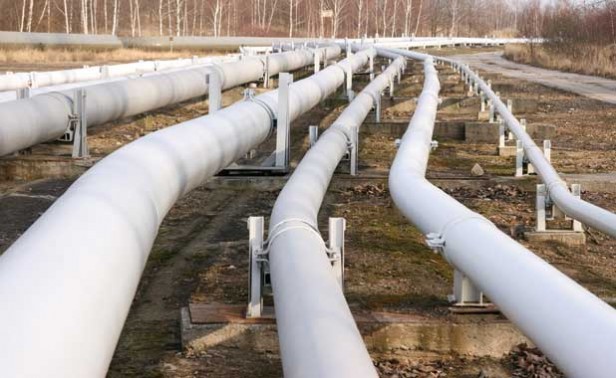Ensuring a profitable future
The future of North American shale gas remains unclear with mixed success in shale gas projects, wide-ranging reserve estimates and recent seismic activity all playing their part.

The future of North American shale gas remains unclear with mixed success in shale gas projects, wide-ranging reserve estimates and recent seismic activity all playing their part.
Wildfires are on the rise in Canada, impacting on its key oil and gas industry. Behind their increase could lie a very small cause.
The Arctic remains a much-coveted prize for oil and gas exploration, but after the Gulf of Mexico oil spill, its extreme operating conditions remain a challenge for exploration companies.
Israel and Jordan must adopt and adapt as Egyptian natural gas pipeline remains a security risk. Ian McInnes explains why.
As Europe realises its shale gas potential, the region moves forward at a steady pace to consider the emerging issues. Compared with the US sector, Europe appears to be following the tortoise rather than the hare approach.
A mix of recent US shale gas supply forecasts suggest that this relatively new energy option will either provide a much-needed supply miracle for US consumers or fail to reach anywhere near earlier predictions of growth and availability. A new report commissioned by the Californian-based Post Carbon Institute and authored by eminent geoscientist J David Hughes, tends to be rather cautious as to future US shale gas prospects, recognising that natural gas production, including shale gas, is unlikely to meet industry expectations, with some of the some of the predictions for shale gas well production failing to “stack-up”. However shale gas remains important to the US and if the overall cost and pricing models, along with rig and crew supply remain positive then its future is assured, but perhaps not at levels recently being mooted by some of its industry supporters.
Pipeline or pipedream? The 37-year debate over whether or not to build a new gas pipeline 1196km from the Beaufort Sea in Canada’s vast North West Territories to southern Canadian and US markets has resurfaced following the decision by Shell, to pull out of its Canadian McKenzie Delta positions and look for a buyer for its 11.4 per cent stake in the stalled pipeline project.
With renewables unable to bridge the gap in the short-term, the IEA attributes a greater role for gas-fired power stations, particularly if nuclear energy is to assume a smaller or non-existent part - as is the case with Germany.
Last week the French lower house rejected outright any drilling for natural gas in gas shale rocks – the first country anywhere in the world to do so. According to estimates by the U.S. Energy Information Agency, France has the largest gas shale reserves in Europe after Poland at 180tcf, compared to just 0.2tcf of …
Shale gas has potential within the US, Europe and Asia, but environmental issues associated with fracturing could be a major stumbling block. Giles Crosse examines the tussles affecting global deployment.
You need to register as a member To read the full article and make a comment. Already a member? Login here.